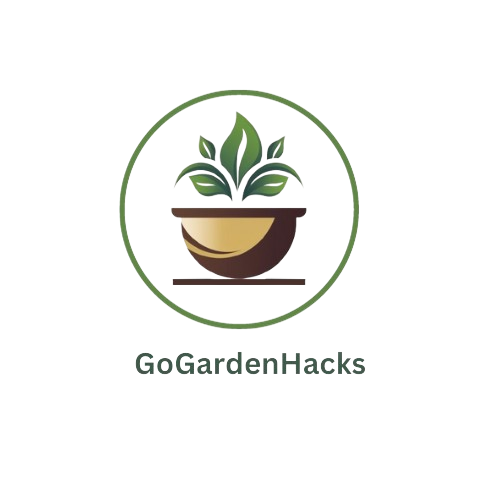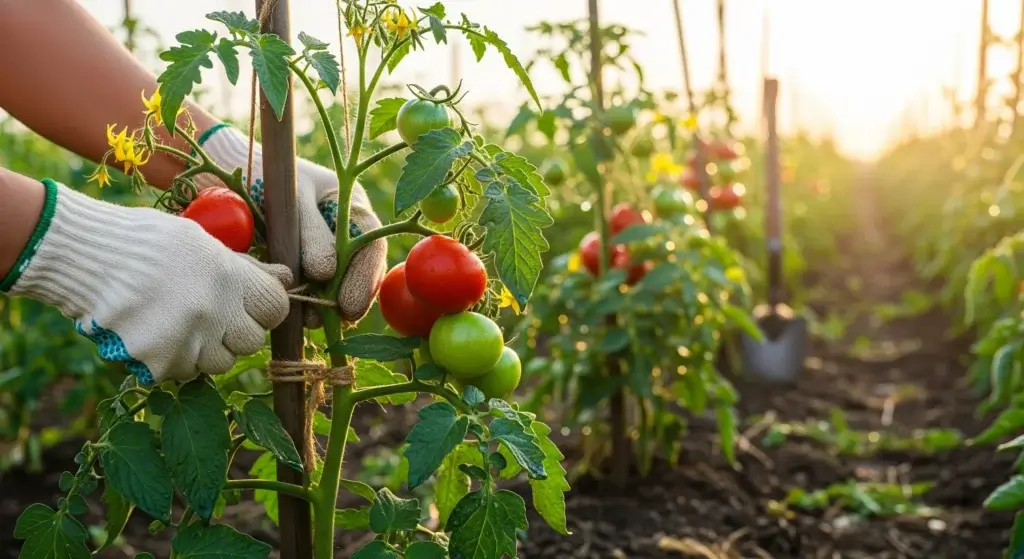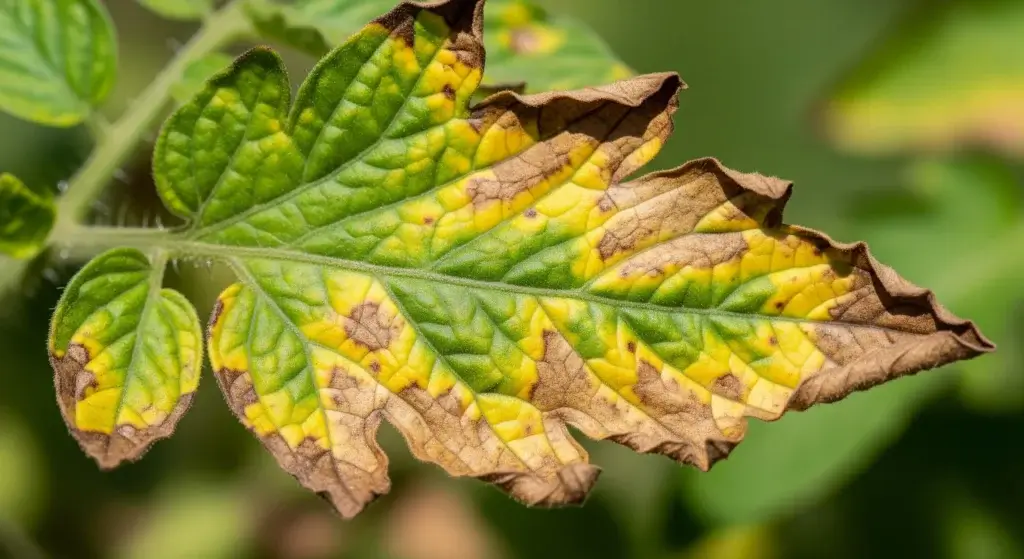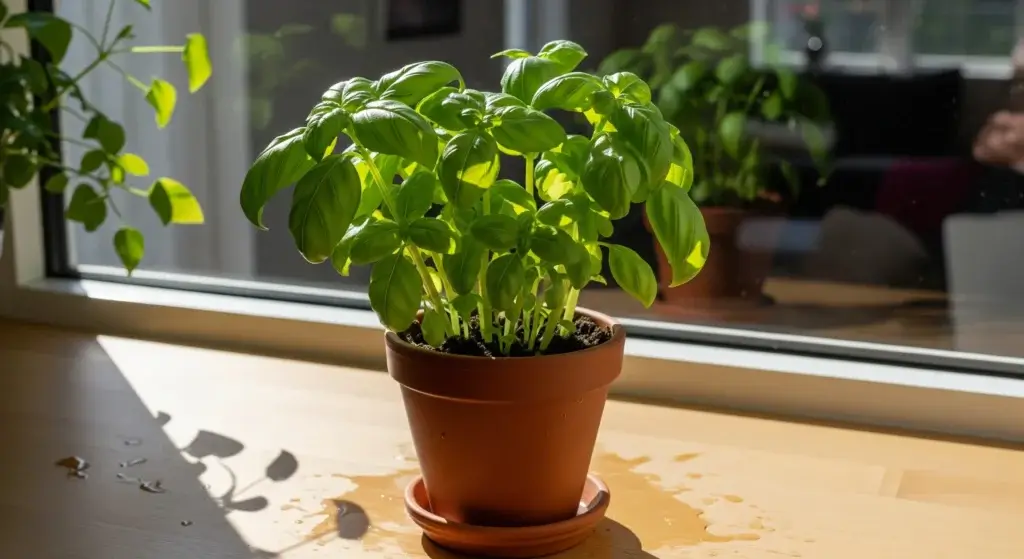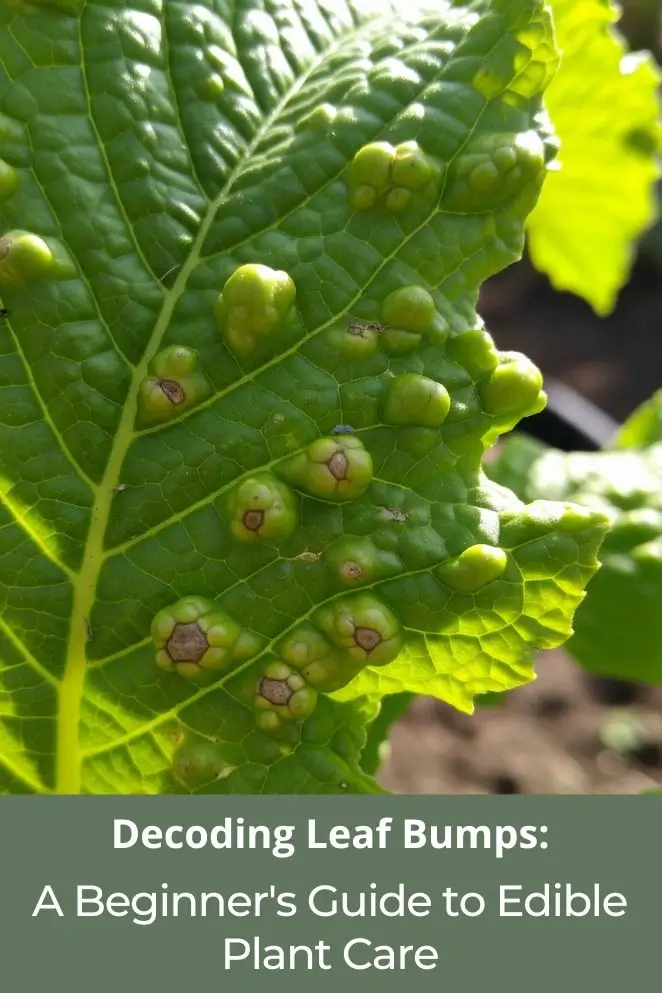
Every gardener freaks out a little when they see weird bumps or spots on their plants.
I remember staring at my tomatoes once, convinced they had some alien disease about to wipe out my whole harvest.
But here’s the thing: most of those bumps are way less scary than they look.
This guide breaks down what those strange leaf growths really mean, how to spot the harmless stuff versus the real problems, and when you actually need to step in.
Once you get it, you’ll stop panicking and start feeling like the plant boss you are—keeping your crops healthy and your mind chill.
Understanding Plant Galls: Nature’s Curious Phenomenon
Ever spotted little bumps on leaves and thought your plant was doomed? Those are probably galls, and they’re way more fascinating than frightening.
Insects like tiny wasps or mites mess with the plant’s growth by laying eggs or feeding, and the plant responds by building a weird little “bug condo” around them.
Are Galls Harmful to Your Edible Plants?
Here’s the chill part: most galls don’t actually hurt your plants.
They might look dramatic, but the plant usually walls them off so they can’t spread.
Your veggies will still grow fine.
The only time you should worry is if there are tons of them, since that can stress the plant a bit.
The real trick is learning to tell harmless galls apart from actual plant diseases—so you know when to relax and when to act.
- Read also: Are Chemical Sprays Safe for Beetroot Crops? A Comprehensive Guide
- Read also: Natural Ways to Protect Cucumbers: Organic Garden Defense
Common Types of Leaf Bumps on Edible Plants
Not all leaf bumps are the same, and knowing the difference is key.
I once freaked out over spots on my peppers, only to realize they were just scars from hail, not a plague from plant hell. Here’s the breakdown:
Insect-Induced Galls
These are the classics—caused by bugs messing with plant tissue.
They can be round, fuzzy, red, green—you name it. Think of them as bug-built apartments.
Bacterial Leaf Spots
These are more serious. They look like dark, wet spots, sometimes with a yellow glow around them.
Unlike galls, these can spread fast, so they need real attention.
Fungal Growths
Fungi love humidity. They show up as bumps plus bonus symptoms like yellowing or wilting.
Leave them alone, and they’ll throw a party on your plant.
Physical Damage
Not every bump is drama. Sometimes it’s just your plant healing from bug bites, storms, or clumsy human hands.
The scar tissue can look gnarly, but it’s just your plant patching itself up.
Identification Guide: What to Look For
The first step in figuring out if your plant’s bumps are a “no big deal” or a “call in backup” situation is learning how to read the signs.
Here’s how you can play plant detective too:
Location and Distribution
Check where the bumps are hanging out. Random scatter? That’s usually galls.
Neat little patterns? That’s more of a disease vibe.
Color and Texture
Take note of how they look. Fresh galls usually blend in—same green as the leaf, just puffier.
Disease spots often go dark, wet-looking, or even get halos, like they’re trying to show off.
Size and Shape
Are they perfectly round, weirdly stretched, or just lumpy?
Galls are often funky and mismatched, while disease spots usually look more uniform, like they copied each other.
Associated Symptoms
Don’t stop at the bumps—check the whole plant.
Yellowing, wilting, funky smells, or tiny bugs crawling around? That’s your extra evidence.
Timing
Think back: did the bumps pop up overnight, or slowly creep in? Did they show up right after a storm or during humid weather?
Plants keep receipts, and timing is a big clue.
Safety Considerations for Edible Plants
When you’re growing food, safety always comes first.
Here’s how to keep your harvest both tasty and safe:
Harvest Timing
If bumps show up right before harvest, don’t rush it.
Check the whole plant carefully before tossing anything in your salad bowl.
Most galls aren’t dangerous, but better safe than sorry.
Affected vs. Unaffected Areas
Just because one leaf looks funky doesn’t mean the whole plant is trash.
Usually, you can eat the healthy parts and just ditch the bumpy or spotted leaves. Plants don’t “infect” themselves like gossip spreading in a group chat.
Washing and Preparation
Give everything a good rinse—especially near any bumps.
Chop off anything sketchy before cooking or eating raw.
Think of it like trimming bruised spots off an apple: the rest is still good.
Professional Guidance
Still worried? That’s what experts are for. Local garden pros or extension services can give you the inside scoop on what’s happening in your area.
Sometimes a second opinion is all it takes to relax.
Prevention Strategies for Healthy Plants
It’s way easier to stop plant problems before they start than to play plant doctor later.
Here’s how to keep your garden drama-free:
Proper Plant Spacing
Don’t crowd your plants. They need personal space, just like you do.
Good airflow keeps diseases and pests from feeling too cozy, and your plants grow stronger without fighting for elbow room.
Garden Hygiene
Clean up your garden like you’d clean your room. Fallen leaves aren’t just messy—they can hide diseases that wait all winter to strike again.
Rake, toss, and don’t give plant villains a hiding spot.
Strategic Pruning
Pruning isn’t just about making plants look pretty. Cutting back branches lets light and air in, which makes it harder for diseases to move in.
Plus, your plants get healthier and produce better.
Soil Health
Think of soil as your plant’s diet.
Feed it compost, keep it draining well, and balance the pH, and you’ve got plants that are strong enough to fight back against pests and diseases on their own.
Companion Planting
Some plants are like natural bodyguards.
Pairing the right crops together can repel pests or call in “good guy” insects that take out the troublemakers.
It’s like giving your garden its own squad of superheroes.
- Read also: How to Revive Dying Celery: Expert Tips And Tricks
- Read also: Protecting Your Harvest: Essential Tips for Seasonal Pumpkin Care
Treatment Options and Management
Most of the time, leaf spots and bumps look scarier than they actually are.
Still, sometimes you’ve gotta step in before things get out of hand. Here’s how to handle it:
For Insect Galls
Usually, you don’t need to do much—galls are more annoying than dangerous. But if the bugs go wild:
- Snip off super-bumpy leaves or branches
- Attract bug-eating allies by planting a mix of flowers and herbs nearby
- Only use treatments if the plant’s really struggling
For Bacterial and Fungal Issues
These guys are the real troublemakers and need quick action:
- Yank off infected leaves right away
- Give your plants more breathing room for airflow
- If things get bad, you can use fungicides or bactericides
- Water at the base instead of showering the whole plant
Organic Treatment Approaches
If you like keeping it natural (I do when possible), there are solid options:
- Neem oil works on tons of pests and diseases
- Copper sprays can help fight bacterial problems
- Release good bugs like ladybugs to munch the bad ones
- Try DIY sprays with baking soda or mild soap for a low-cost fix
Long-Term Plant Care Strategies
If you want a garden that actually survives drama season, think long-term — not just emergency patchwork.
Slow, steady care builds plants that shrug off bumps and bugs like champs.
- Variety Selection: Pick varieties that are known to handle diseases where you live — resistant types save you time and tears later.
- Seasonal Monitoring: Walk the garden regularly. Small issues caught early stay small; ignore them and they blow up fast.
- Record Keeping: Jot down what happened, where, and when. Your future self will thank you when you can spot patterns instead of guessing.
- Continuous Learning: Keep reading extension guides, follow local gardeners, and stay curious — plant problems shift with the weather and the years.
Conclusion
Finding bumps on your edible plants isn’t the end of the world. Most are harmless galls; bacterial and fungal spots deserve faster attention.
Learn to ID the signs, keep up prevention (clean garden, good spacing, healthy soil), and check your plants often.
I once freaked out over my basil and then learned to spot the difference—saved the harvest and my sanity.
When in doubt, remove the sketchy bits, wash your produce, and ask a local expert.
Keep learning and your garden will keep rewarding you with solid, tasty harvests.
